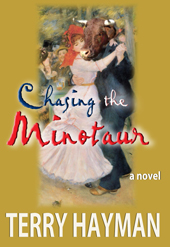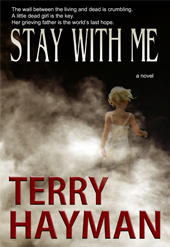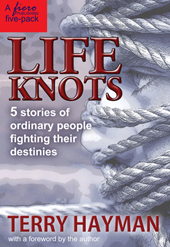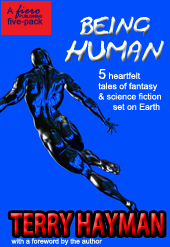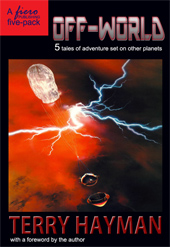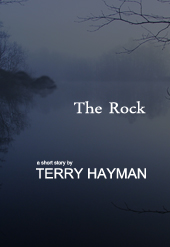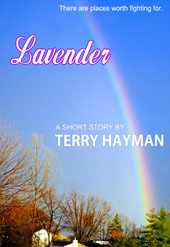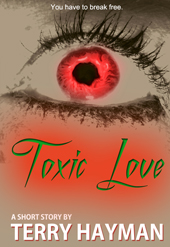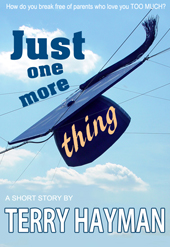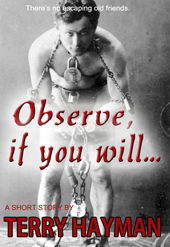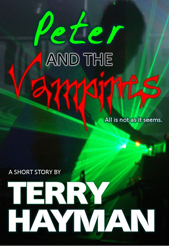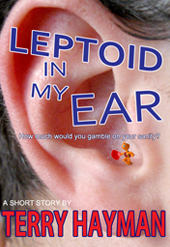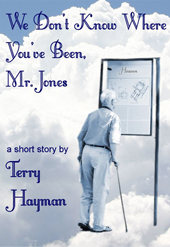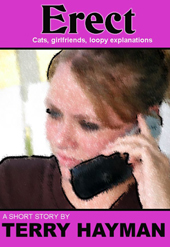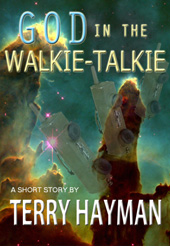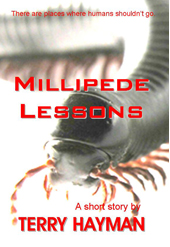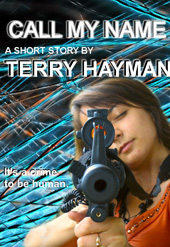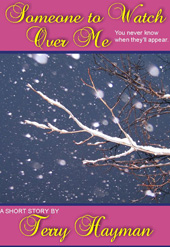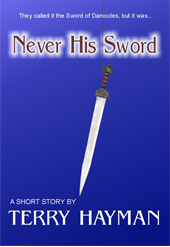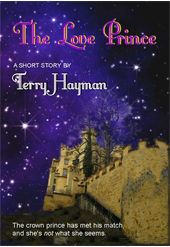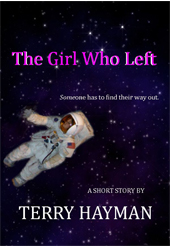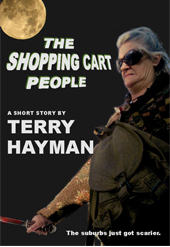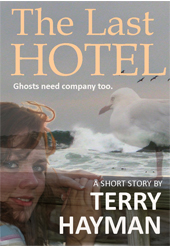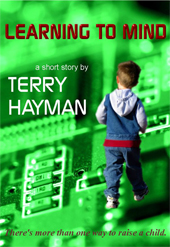 My last post diverged a little bit from straight story ideas to talk about how to do something with that idea once you had it – how to actually move from some vague idea for a story or desire to write one, to actually getting it going. The nuts and bolts, if you will. You can find that discussion here.
My last post diverged a little bit from straight story ideas to talk about how to do something with that idea once you had it – how to actually move from some vague idea for a story or desire to write one, to actually getting it going. The nuts and bolts, if you will. You can find that discussion here.
I finished it with a promise to discuss what makes a story satisfying for a reader. It’s the difference I’m sure you know well from watching movies or reading books and short stories, between finishing the experience with and “Ahhh” or a “Neh” or even a “What the–?”
As consumers of stories, we expect to have our questions answered, our raised hopes fulfilled or cleverly tweaked, our investment in a character paid back.
So on the simplest level, to finish a story, look to the beginning and ask yourself what questions you raised or what problems you presented to your protagonist. Can you answer them? Solve them? Do that in some clear way and you’ll have satisfied most of your readers at a basic level.
But what of theme or meaning, I hear you ask. Good question. Because to satisfy your reader on a deeper level, the kind that actually makes readers remember your stories, your resolution of questions and problems has to be of the real questions and problems, even if those weren’t presented clearly up front in your story.
Say I’m telling a simple story of boy who wants to ask a girl out on a date. At one simple level, if he succeeds in asking her and getting her to say yes, I’ve answered both the question (Will he succeed in getting her to go out with him?) and the problem (He’s fighting a massive shyness/competition with others/indifference or antagonism form the girl.)
But he asks and she says yes. Are you satisfied? Maybe. If the story obstacles were simply set up and he had to work hard to get past them, the simple triumph may be enough.
More likely, though, you’re going to want to take away something more than simply – keep trying and you’ll succeed (an example of a well-worn and quite serviceable “theme” for many stories). Maybe in finally learning to ask, he learned something about himself – a personal growth theme. Maybe he learned something tongue-in-cheek clever or cynical about dating practices – a social morals theme. Maybe the reader learned something about the characters that they themselves couldn’t see.
You see the running line here? Somebody learns something. It may not be something new or even positive. But there will be something the unfolding of the story imparts about the world other than just A happens, then B happens. The thing imparted is your theme.
What theme is most satisfying for what story largely depends on the story’s genre and reader expectations. In romance, for example, you can weave in just about any kind of theme as long as the predominant one at the end supports love and a happily ever after.
In mystery, the theme might be personal or social, but should, in all but the most noir tales, support some kind of restoration of public order (e.g. bad guy is punished) thems.
In westerns, save the town. In fantasy, save the world. In SF, save the universe.
In mainstream, literary, etc., the field’s pretty wide open, though there seems to be a tradition in literary fiction to explore the darker, less hopeful themes of the world.
Which is not to say you can’t break the rules and explore your own themes, the ones most meaningful to you, in whatever kind of story you’re writing. The key is just that the story provide something, give shape and meaning to a world around us that sometimes doesn’t seem to have it. Life can seem random; fiction should not.
Something to think about as we discuss story ideas in the months ahead.


